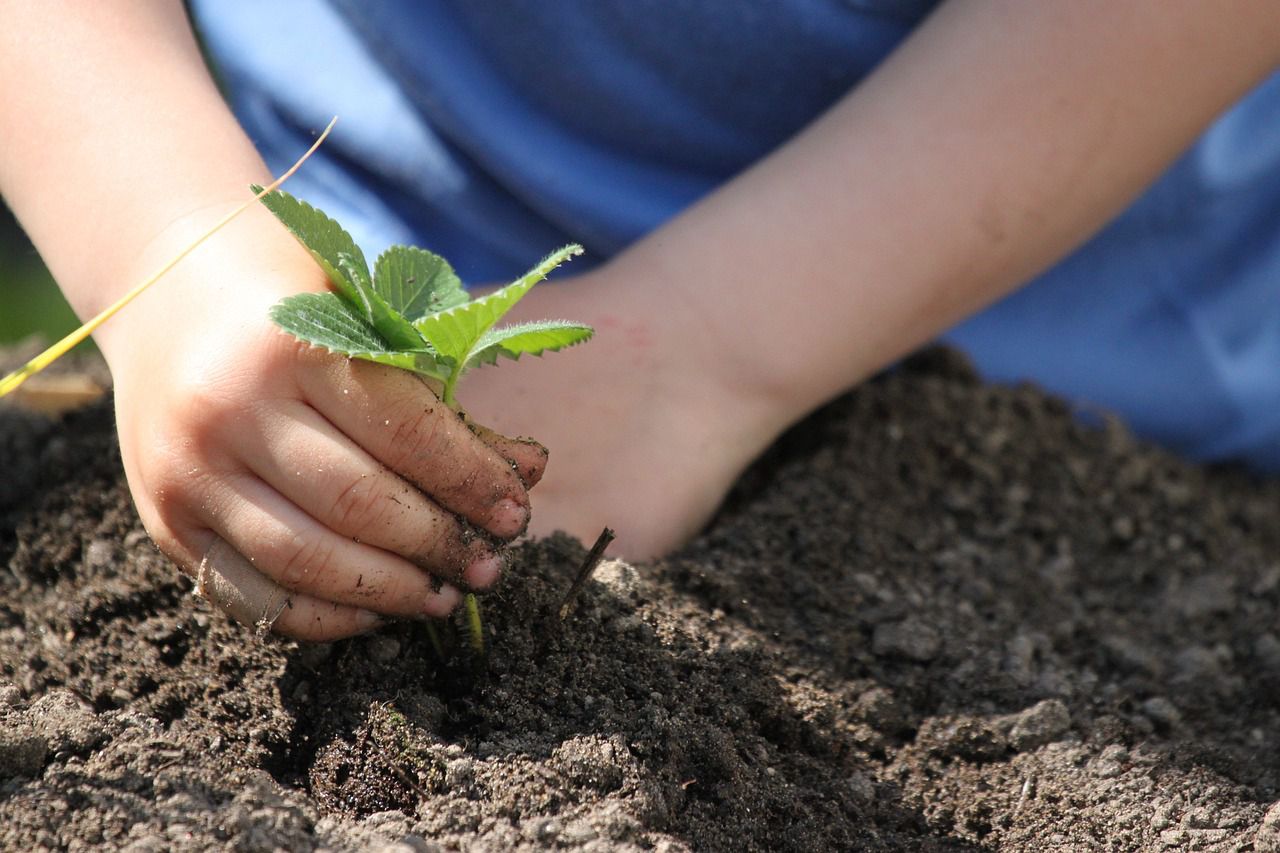Why you can't make good garden beds on a hilly surface: The uneven distribution
Most gardeners suggest leveling your garden territory before planting anything.
Creating garden beds on a hilly surface can be challenging due to several reasons.
Let's find out why you should prepare your garden before making garden beds.
Water drainage
On a hilly surface, water tends to flow downhill quickly, which can lead to poor drainage in the garden beds.
Excess water pooling in the beds can drown plant roots and cause root rot, depriving plants of oxygen and nutrients.

Soil erosion
Sloping surfaces are more prone to soil erosion, especially during heavy rain or watering.
The soil in the garden beds may wash away, leaving plants exposed and vulnerable to damage.
Nutrient distribution
Hilly terrain can cause nutrients to be washed away from the garden beds, leading to uneven distribution and potentially nutrient deficiencies for the plants.
Uneven planting surface
Planting on a slope can make it difficult to create a flat and stable surface for the plants.
Soil erosion and uneven terrain can make it challenging for roots to establish and stabilize themselves.
Accessibility
Maintaining and working on garden beds on a hilly surface can be physically demanding and challenging.
It may be difficult to access certain areas for planting, weeding, and harvesting, especially for individuals with mobility issues.
